My Term Life Insurance is Renewing - Now What?
Term life insurance is our bestselling insurance product, which means it one of the most common questions we answer is what to do at your term insurance’s renewal. Here’s your ultimate guide.
Term Life Insurance Explained
Term life insurance is the most inexpensive type of life insurance in the short term. It has a pricing structure wherein the premium is fixed for a certain number of years (the TERM), and once that period ends, the policy renews at a higher premium. The shorter the term, the cheaper the initial premium. However, at renewal, the price can increase dramatically.
At the end of the initial term, some term products will renew for another full term of the same length, with a large price jump; for others, after the initial term, you’ll shift to a yearly renewal, with the price increasing slightly every year.
So, for example, a 20-year-term policy might cost $40/mo for the first 20 years, and then renew for another 20 year term at $300/mo. Or it might renew for $100/mo in year 21, $110 in year 22, etc. In either case, usually the new premium is higher than you want to pay, so its wise to review the options below for what you can do.
Key Considerations
Before going through the options below, consider:
INSURABILITY: Are you as healthy as you were when you first got your term insurance? If you applied today, would you qualify for life insurance? If not, it’s more urgent to preserve your existing coverage.
ORIGINAL INSURANCE NEEDS: Why did you originally get this insurance? Does that need still exist, and in the same amount? If the coverage was for a mortgage, is it paid off now? If the coverage was for your kids, are they grown up now?
TAX-SHELTERED INVESTING: Do you have a maxed out RRSP and TFSA, and need an additional venue for tax-sheltered investing?
ESTATE PLANNING: What final expenses will you incur - funeral service, burial, repatriation of your body from abroad, capital gains tax, probate fees? Do you want to use an insurance payout to achieve other estate planning goals (equalize inheritance, charitable giving, etc.)?
BUSINESS PLANNING: Are you a key person in your business? Will your business be buying, selling, or borrowing in the future? Does your corporation need a venue for tax-sheltered investing?
Your Options
We can’t comment on every single product on the market, but for the term products on our shelf, there are five options when you’re approaching renewal. Which one you choose will be based on the key considerations listed above.
Option 1 - Do Nothing
You can leave the policy as-is, and the renewal will automatically occur, and your coverage remains unchanged. Easy, but expensive.
Option 2 - Cancel the Policy
You always have the right to cancel any term policy. In some cases, clients will cancel a policy effective on the date of renewal, as soon as the price increases. Think carefully, because if you change your mind, you can’t reactivate the policy. If you’re canceling, all you have to do is call the insurer with your policy number, and they’ll walk you through the process.
Option 3 - Reduce Coverage Amount
You can keep your term coverage, but reduce the coverage amount, and the premium will decrease roughly proportionally.
For example, if your $500k policy costs $40/mo now, and will renew next month at $300/mo, you could reduce the coverage to $250k (half of $500k), and your cost at renewal would be roughly $150/mo (half of $300).
Option 4 - Replace With New Term Policy
You can apply for a new term policy, either with the same insurer or a different one. Choose the new term length and coverage amount that suit your current needs. This is the only option where medical underwriting (questionnaire, possibly exam) is required to qualify. So if choosing this option:
Make sure you’re healthy, and have no pending medical tests or nagging medical issues.
Apply early - sometimes underwriting takes months.
Do NOT cancel your existing policy until the new one is in effect. Keep it as a backup in case you get declined.
If you do qualify for new coverage, this is almost always the cheapest way to stay covered, particularly if your insurance needs are temporary (paying off a mortgage or loan, raising kids).
Option 5 - Convert to Permanent Coverage
All of the term products on our shelf include the contractual right to convert your TERM coverage to PERMANENT coverage, without medical underwriting. That means no matter what medical issues have arisen since you qualified for your original policy, you can stay covered for life, with just a signature. You can convert some or all of your term coverage into permanent; for any remainder, you can choose one of the above 4 options.
Permanent life insurance has the following advantages over term life insurance:
As the name suggests, it’s permanent, whereas term insurance eventually expires (usually at age 80, 85, or 90).
The premium is fixed for life, whereas term insurance premiums increase at every renewal.
You can “overfund” the policy (choose to pay extra into the policy), and the extra is invested tax-free, and can be withdrawn in the future. If you die without withdrawing it, it’s added to the death benefit.
Because of these advantages, and because the new policy will be priced based on your current age, you can expect it to cost more per $1000 of coverage than your term policy did. It’s best not to compare, because it’s a different tool, for a different job, at a different time.
It’s common for our clients to choose Option 5, usually for some combination of the following reasons:
To provide their survivors a quick injection of cash when they pass away. The settling of an estate can take months; meanwhile, there will be immediate funeral and estate costs. You don’t want your survivors to have to pay out of pocket, and you don’t want them to have to rush to liquidate assets.
To provide payment for capital gains that will be incurred at death - for example, if they own a vacation property that has increased in value.
To avail themselves of the tax-sheltered investment account before death. This is helpful for individuals with maxed-out RRSPs and TFSAs. It can also be used for your corporation, if you transfer ownership of the policy to the corporation.
To transfer wealth to the next generation tax-free via the built-in investment account.
To equalize an inheritance - for example, if one child inherits a non-liquid asset (business, real estate), another child may receive an insurance payout to make the inheritances equal.
To leave a legacy to a charity upon death.
By the way: there are some term products on the market that do NOT include a conversion option. Make sure you check this before you buy. Even if you don’t think you’ll need it, remember that in 10 or 20 years, your health and/or circumstances may change, and the conversion option might become very important. Again, all of our term products are convertible.
Ultimately, as the policy owner, it’s your choice what to do at renewal. We’re here to help and to give our best advice at all times. Whether or not you’re our client, if you have any questions, please reach out.


